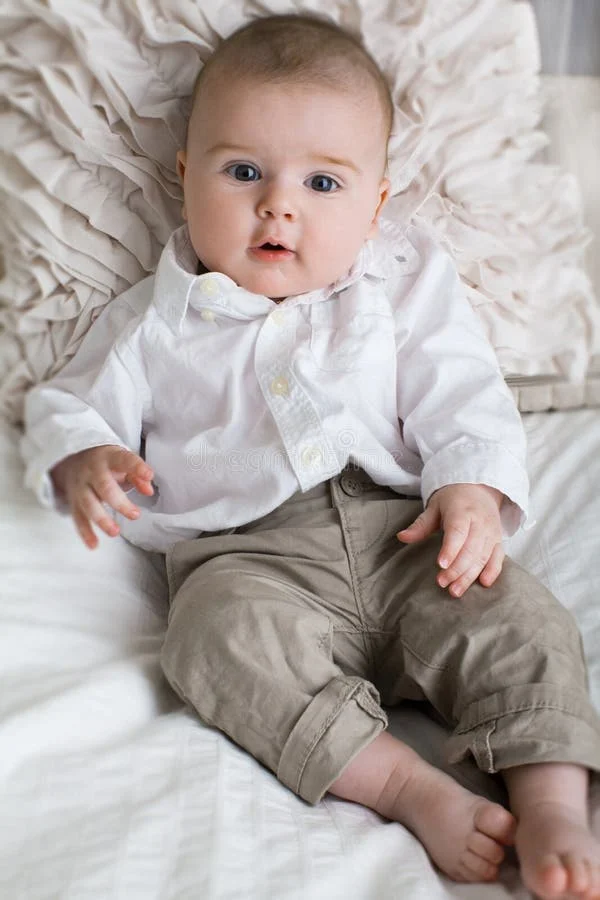When I was ten, I stumbled upon a conversation between my aunt and my mother in my aunt’s cozy New England kitchen. Their expressions were a mix of disbelief and disappointment as they sipped their black coffee. I couldn’t help but eavesdrop as they critiqued a pop icon of the time:
“She’s so inappropriate, performing in that wedding dress.”
“And those lyrics! I was horrified when I heard them on the radio with the kids in the car.”
It was 1984, and they were discussing Madonna’s now legendary performance of “Like a Virgin” at the MTV Music Awards. Madonna was my absolute favorite artist. With her iconic ’80s style, bold persona, and the success of films like Desperately Seeking Susan, she was a force to be reckoned with. As I listened to my mother and aunt lament about the music of my generation, I found myself puzzled by their concerns.
At that age, I didn’t even know what “virgin” meant. I belted out those lyrics into my hairbrush while dreaming of stardom, blissfully unaware of the song’s deeper implications. To her credit, my mother didn’t restrict my musical tastes; in a surprising twist, she even tucked a Beastie Boys cassette, Licensed to Ill, into my Easter basket that same year. She turned a blind eye to the music I enjoyed, even when it didn’t align with her values.
That experience is exactly why I choose not to censor music for my own teenagers.
Our home is alive with music. We enjoy tunes during family meals, while doing household chores, and even during our quiet moments. My husband and I have diverse musical tastes; while we love ’80s hits and country, we also appreciate the complexity of jazz and the artistry of rap. Our house often resonates with various genres, and yes, there are times when the lyrics might be a bit risqué.
My kids are well-acquainted with tracks like Sir Mix-a-Lot’s “Baby Got Back” and Tone Lōc’s “Wild Thing.” They’ve caught me singing Madonna’s “Papa Don’t Preach” and Marvin Gaye’s “Let’s Get It On.” We’ve created priceless memories dancing together in the living room, even if my kids roll their eyes at their parents’ slow dances in the kitchen.
Music is woven into the fabric of our family life, and I believe that a few explicit words won’t corrupt them. When they’ve asked about certain lyrics, I respond honestly and directly. I won’t sugarcoat it; explaining phrases like “my anaconda don’t want none unless you’ve got buns, hun” can be awkward. However, those conversations don’t deter me from letting my kids enjoy music that makes them laugh and learn.
Take the Hamilton: An American Musical soundtrack, for instance. My kids are obsessed with Lin-Manuel Miranda’s lyrical brilliance and listen to it frequently. Yes, some songs contain explicit language and mature themes, but this music has sparked their curiosity about history. They connect the lessons they learn in school with the lyrics they know by heart, which makes learning engaging and enjoyable.
So no, I won’t be the mom sitting at the kitchen table cringing at songs like “I Kissed a Girl” by Katy Perry or “Sexy and I Know It” by LMFAO. Instead, I’ll dance while cooking as Robin Thicke’s “Blurred Lines” plays, and I’ll turn up the volume for any P!nk song that comes on.
The music my children listen to is no more shocking than what I grew up with, and I take pride in cultivating an environment where they can appreciate the cultural diversity that music brings. Even if Sir Mix-a-Lot makes it a bit challenging at times. If you’re interested in exploring more about parenting and music, check out this related post on Cervical Insemination.
In summary, I believe that allowing children to experience a wide range of music, even with some inappropriate lyrics, can lead to valuable conversations and a deeper understanding of the world around them. It’s about striking a balance between exposure and education, fostering an environment where curiosity thrives.

Leave a Reply